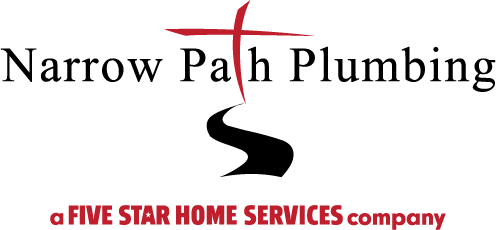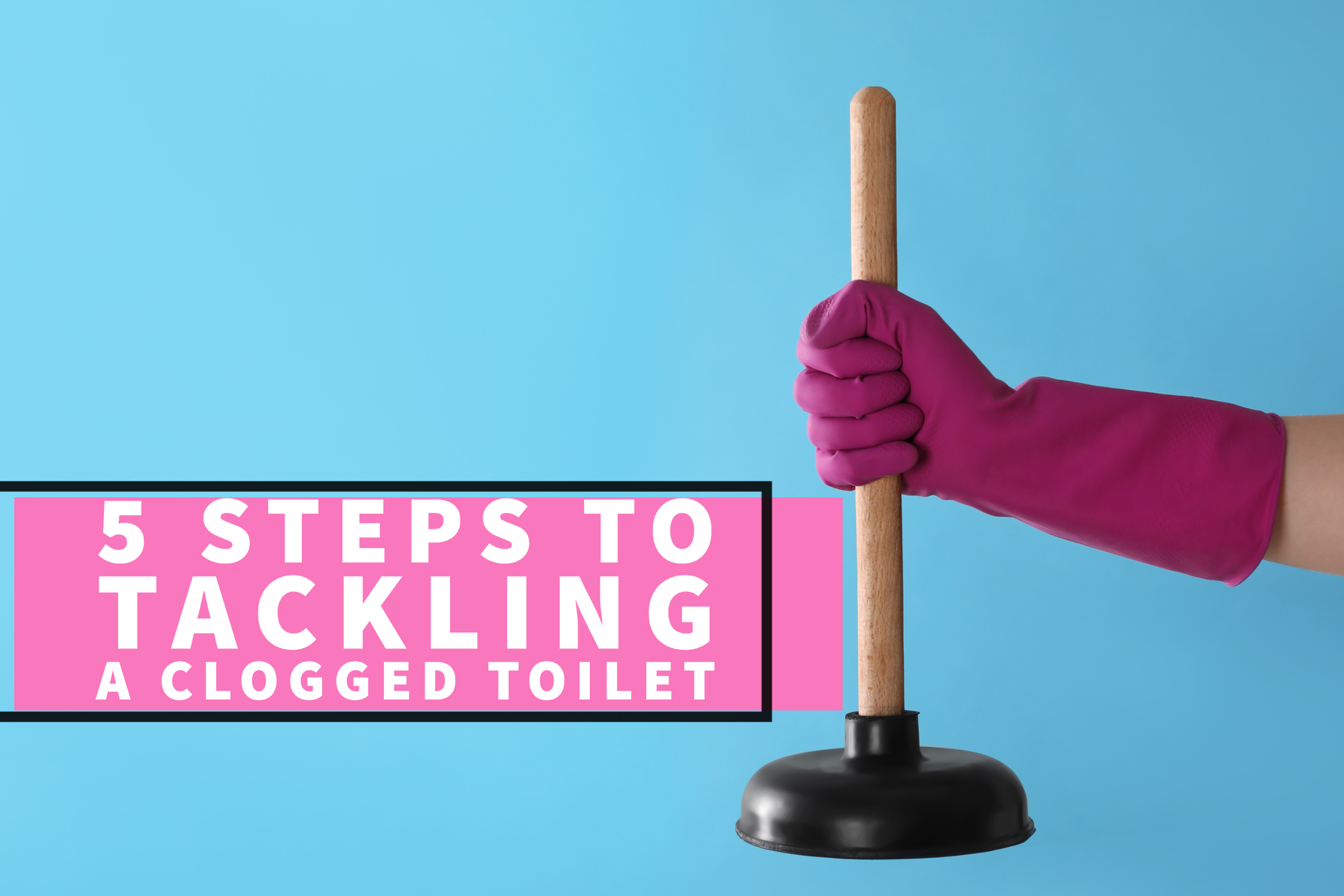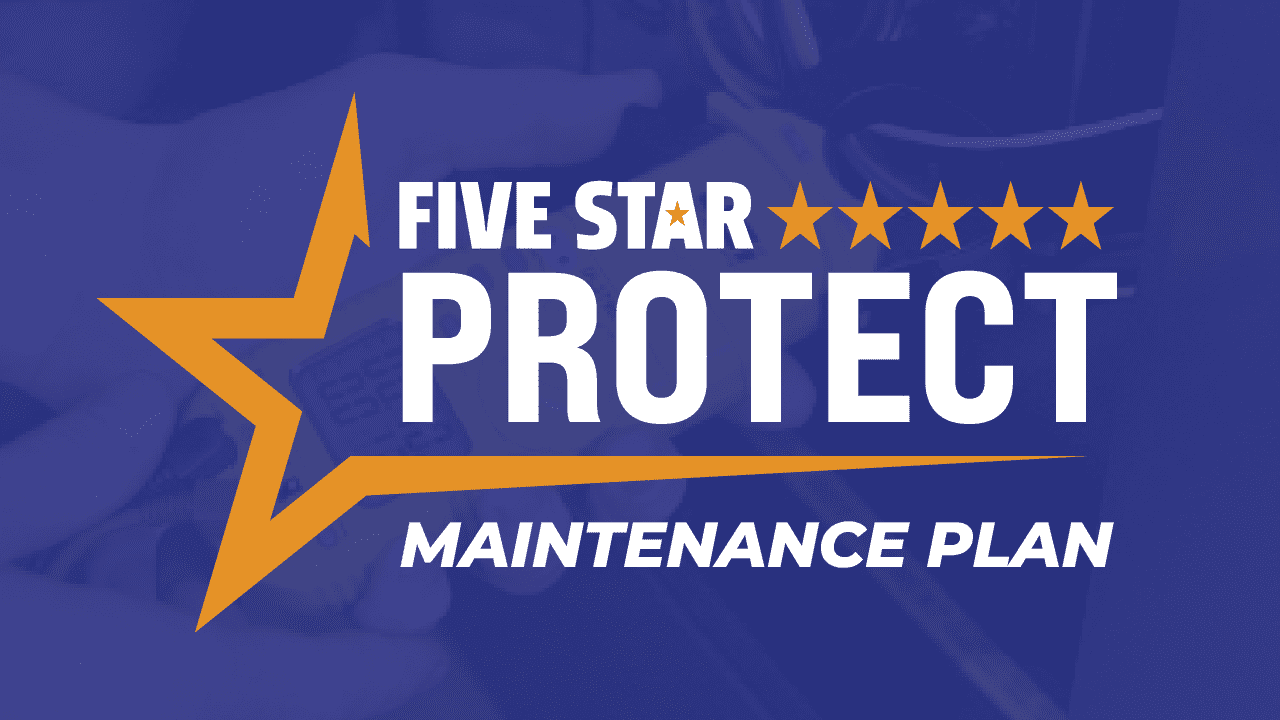Have you ever experienced a situation where the water level in your toilet bowl keeps rising after flushing and doesn’t seem to stop? It can be a frustrating and alarming experience. Do you know what to do in such a situation? What can you do is the real question! The fact of the matter is if your toilet is about to strew water all about your bathroom floor, there’s not really much you can do. But don’t worry; there are steps you can take to properly deal with the aftermath. So, follow these instructions from Narrow Path Plumbing to get it taken care of the right way.
One: Search for the Water Shut Off Valve & Turn It Off
In the moment of realizing your toilet water is rising and won’t stop, it can feel a little overwhelming. While you can’t stop the water that is already flowing over your toilet bowl, you can stop the water at its source. So, quickly look for the shut-off valve behind the toilet and turn it clockwise to stop the water supply. If you are not familiar with what it looks like, the shut-off valve is usually oval or football-shaped. Once you have turned it off, keep in mind that you do not want to flush the toilet again until the issue is resolved entirely.
Two: Search for the Rubber Flapper & Ensure It’s Closed
After turning off the toilet’s water supply, open the tank located at the back of the toilet. Then look for a rubber circle inside the tank that should be placed over the tank’s drain. This rubber piece works as a seal to prevent water from flowing into the toilet unless the flush lever is activated. You should find the rubber seal attached to the end of a metal lever or chain that connects to the flush handle. To ensure that the seal is tight, gently push the rubber seal downwards.
Three: Search for the Float Cup & Secure It
We are making great progress, but let’s not stop here! As added assurance that the water is stopped from once again filling up the tank, find the float cup (or float ball) inside the tank. Its purpose is to control the water level. By immobilizing the float from moving, it will definitely halt the further flow of water.
Four: Cleanup TIME
Now, after successfully stopping the water flow, it’s time for clean up! Begin by removing the excess water from the toilet bowl. Of course, this will have to be done manually, given the situation. This step is crucial as you don’t want to face a similar issue again once the toilet starts functioning correctly. So, emptying the problem area of the excess water is the best place to start.
First off, if there is any waste or debris in the water, please be cautious while cleaning it up. Remember, safety and hygiene are important. So, we recommend wearing gloves if available. First, pick up any solids or waste and put them into a trash bag carefully. Don’t forget to scan the floor as well! Next, you can remove the excess water from the bowl with a bucket or container of some sort. Take your time and scoop it out slowly. Then, pour it directly into the bathtub or sink. Remember, no debris or waste should be present, or this could cause clogs in the sink or tub – not recommended!
Now, onto the floors! Water damage is a real thing, so this is something you will want to clean up as soon as possible. If you have a wet vacuum, now would be the perfect time to use it. Otherwise, for solid floors, you can use old towels, rags, a mop, or paper towels to sop up the spill. But if the spill has spread to a carpeted space, lay towels flat over the carpet and put a heavy object on top to allow the towels to soak up the water. After the towels have had enough time to soak up the water, make sure you clean the carpet accordingly. On top of that, once the floors are taken care of, you will want to disinfect the flooring and the entire area that came in contact with toilet water.
Five: Take Care of the Clogged Toilet:
Phew! We’re almost done, but we still have to take care of that pesky clog so this doesn’t happen again! After everything is said and done with cleanup, go ahead and use a plunger to unclog the toilet. If the clog is resolved and the toilet drains, then you’re good to go. Just make sure to turn the water supply back on and readjust everything back in the tank. However, if the problem persists despite your multiple attempts, it may be time to call in the professionals. Don’t hesitate to contact us if you need further assistance!
Are you in need of a local, reliable plumber? Call Narrow Path Plumbing today at (937) 623-2619, or schedule an appointment online now by clicking here!





